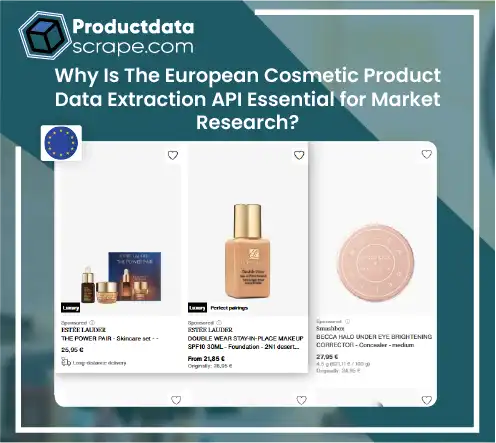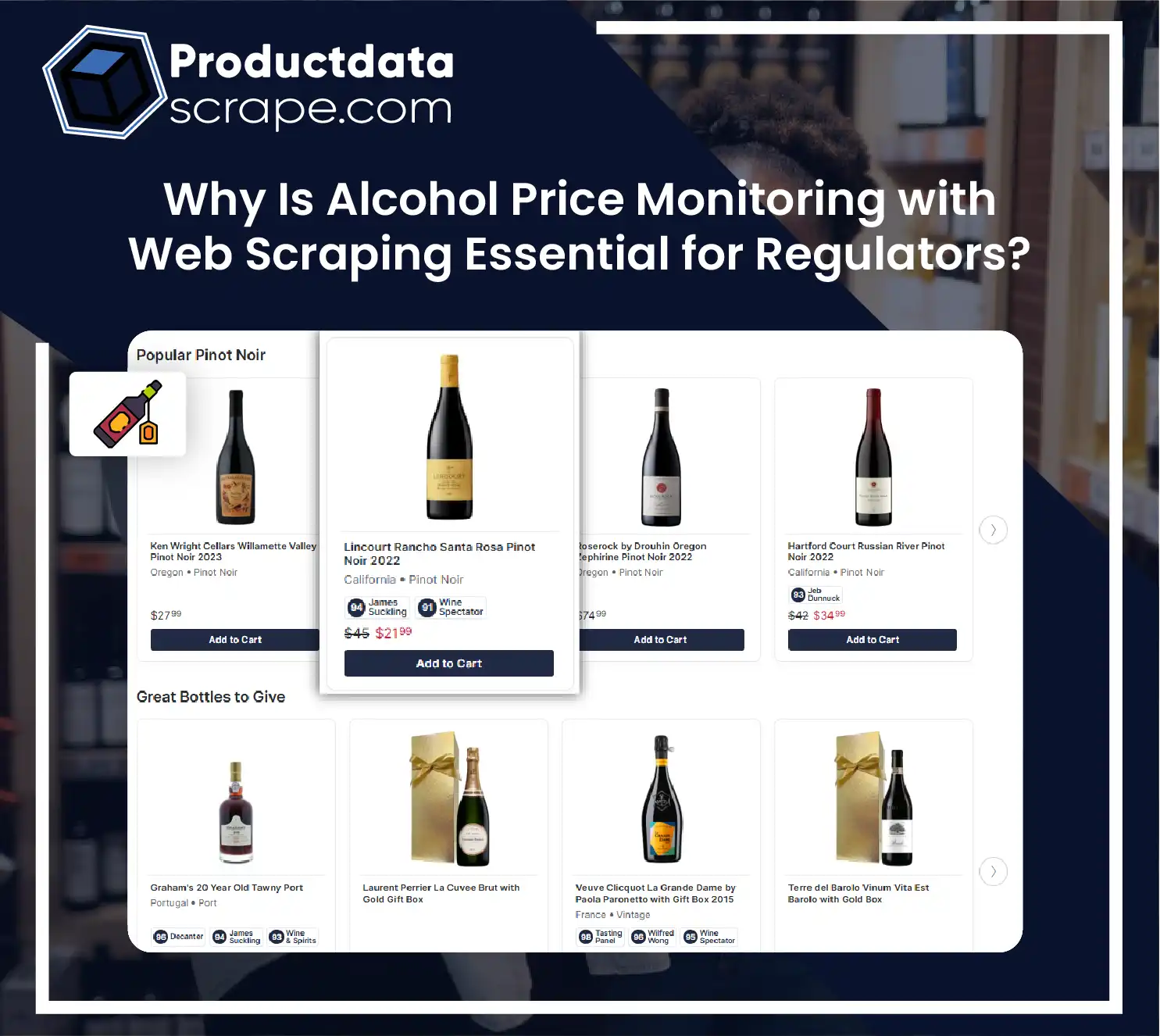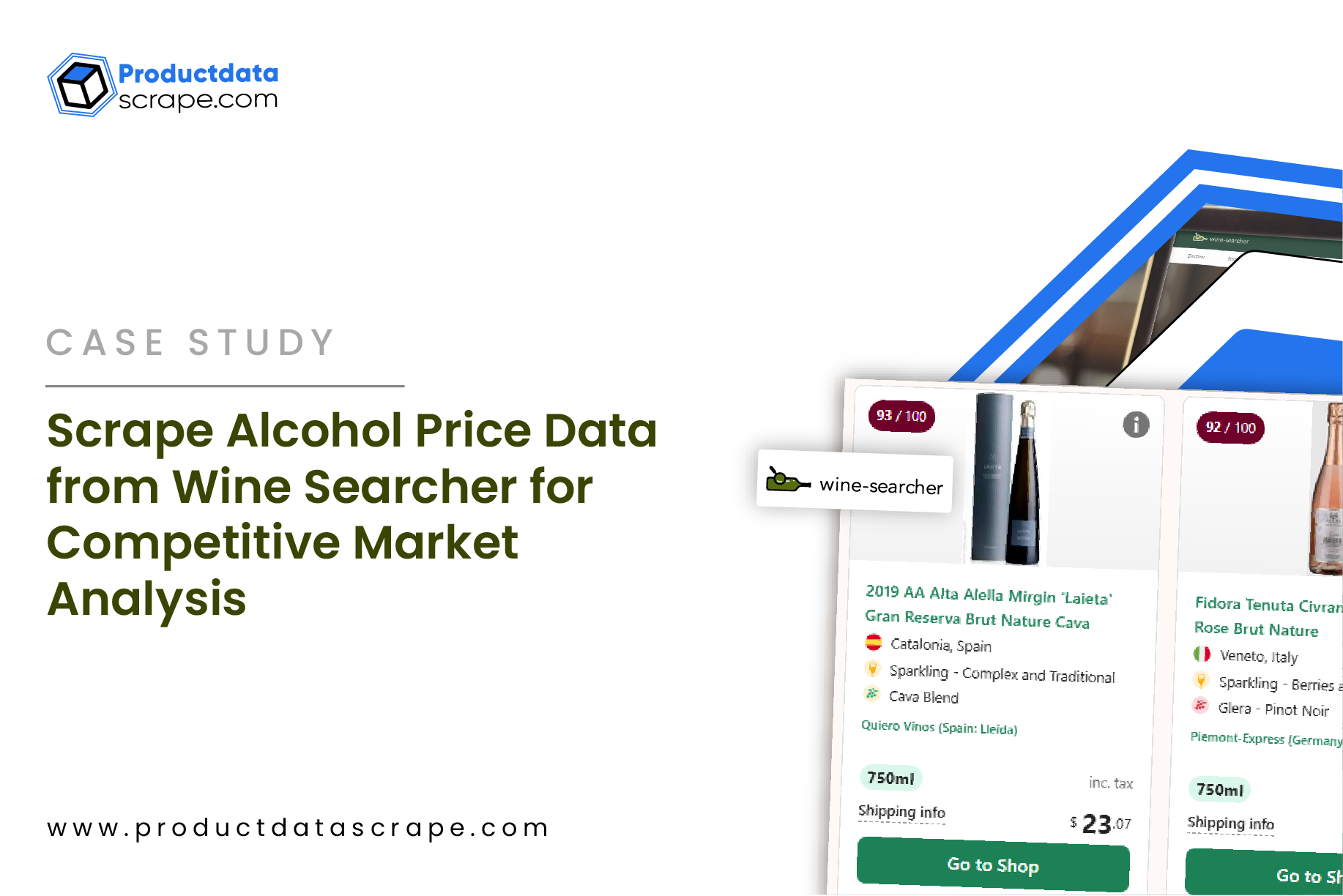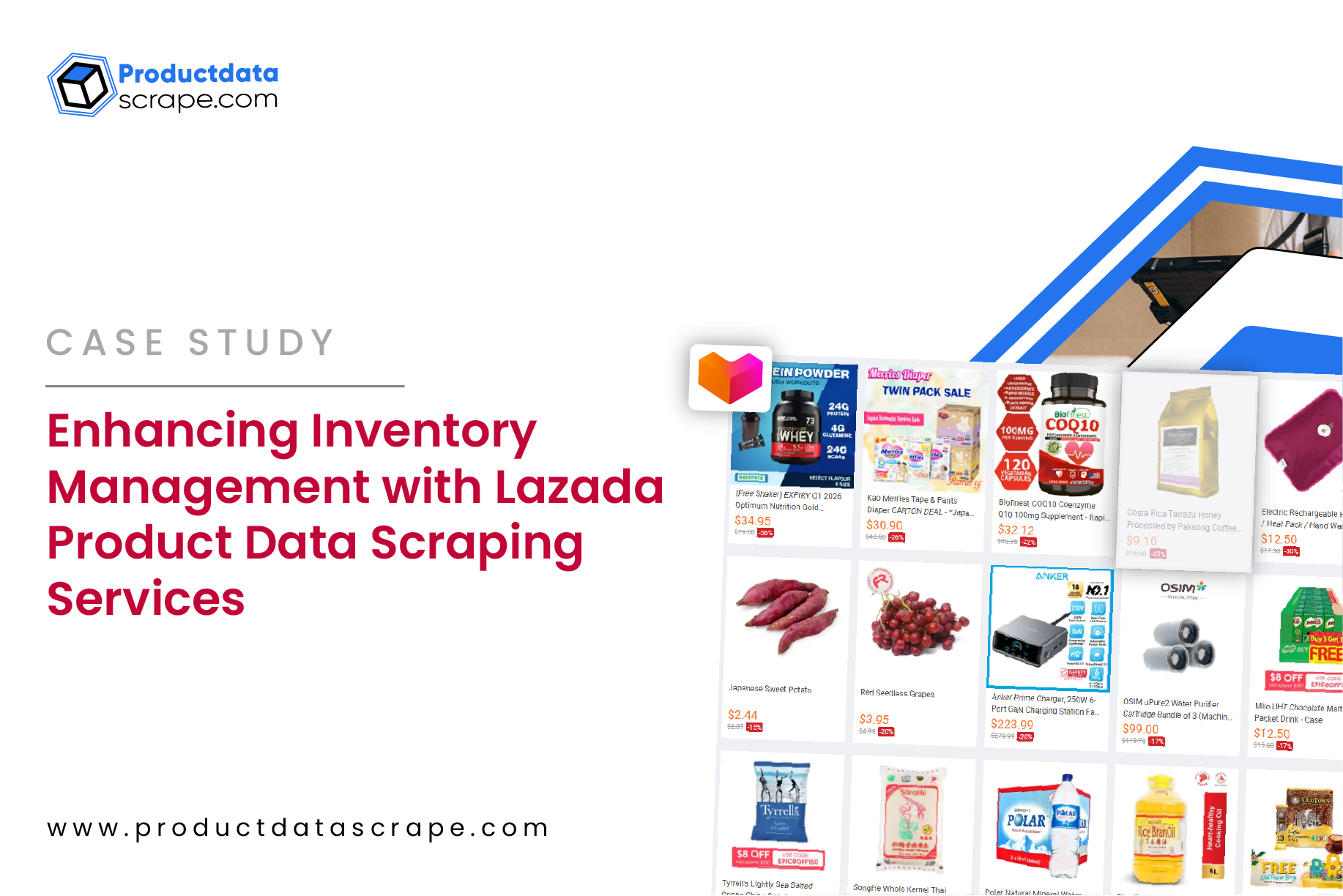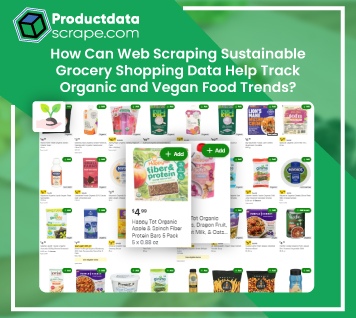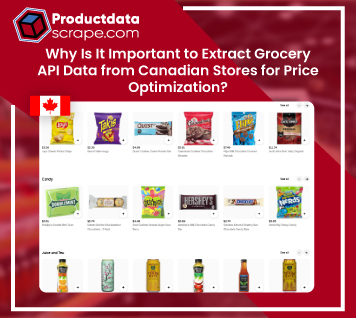
Target, a prominent retailer globally with nearly 2000 locations, presents a
comprehensive website showcasing its extensive catalog, local inventory, reviews, and more. The
Target API holds valuable data that can be effectively collected and analyzed. Web scraping
offers a simple approach for data extraction from web pages, followed by analysis to inform
pricing strategies, product innovation, and organizational insights. For those acquainted with
the Target API fundamentals, explore how Product Data Scrape API elevates data analysis in the
following sections.
About Target API

An API (Application Programming Interface) facilitates seamless information exchange between distinct programs. For instance, Target's website integrates live inventory and local pickup details by connecting its API with the inventory interface. Additionally, the site presents product reviews and ongoing product deals to enhance user experience.
Usage of Target API

Amidst the myriad features on Target's website lies a wealth of valuable untapped data awaiting collection and analysis. Web scraping stands as the optimal means to gather this information. Employing a tool automates data extraction from web pages, streamlining the preparation for analysis. The extracted data can be effortlessly downloaded and shared within spreadsheets. While manual data extraction is plausible, it demands more significant time and effort than a scraping tool's efficiency. Leveraging this saved time using ecommerce data scraping service, you and your team can delve into thorough data analysis, empowering your organization to make informed, data-driven decisions for the future.
Importance of Scraping Target Data

Collecting data from Target API offers many advantages that significantly benefit your organization. Here's a comprehensive exploration of how utilizing Target API data can strategically enhance your business:
Target Price Data: Delving into Target's price data, particularly the insights provided when clicking on a product, empowers you to comprehend pricing dynamics. By scraping and analyzing this information, you can effectively compare your product prices against the market rate, facilitating the identification of an optimal price point. Additionally, scraping the "Top Deals" section aids in understanding product demand and competitor discount strategies, which is essential when determining pricing strategies for your offerings.
Target Product Data: Beyond pricing, Target's detailed product information, encompassing features, size, color options, and material, proves invaluable for product development and competitive analysis. Scrutinizing these attributes helps contextualize pricing data. Understanding competitor product differentiators based on features and materials informs pricing decisions. Target API data collection assists in crafting offerings that align with consumer preferences and differentiating features that can attract potential customers.
Insightful Reviews: Scraping consumer reviews alongside product details unveils patterns and preferences. This comprehensive data helps shape product decisions during development, enabling you to avoid pitfalls and capitalize on successful attributes that resonate with customers. This strategic approach ensures your offerings align with consumer desires while setting you apart from competitors.
Target Inventory API Data: Scraping inventory data from Target's website can guide strategic decisions. Understanding product availability and popularity aids in promoting your offerings effectively. For instance, if a competing product is out of stock, you can leverage this information to promote your product, targeting potential customers who missed out on the competitor's item. You can identify high-demand products and capitalize on market gaps by analyzing inventory data.
Market Trend Analysis: Scraping Target's stock data unveils market trends, indicating product popularity and availability. This insight informs stock decisions and guides future product line expansion. Monitoring inventory data lets you stay attuned to evolving consumer demand, facilitating informed business decisions.
Incorporating web scraping techniques to collect and analyze Target's data equips your organization with a robust strategy. From refining pricing strategies to informed product development, competitive differentiation, and market trend analysis, harnessing the potential of Target's data empowers your organization to make data-driven decisions and achieve sustainable growth.
Exploring Insights Using Target API and Web Scraping

Incorporating the Target API into your data routine offers valuable option for price monitoring, inventory, and product data analysis insights. However, solely relying on Target's data can limit your perspective. Enhance your analysis by integrating other data sources, enriching your decision-making process.
Diversify Data Sources: Extend your analysis beyond Target by scraping data from other prominent online retailers such as Wayfair, Amazon, and Home Depot. This broader comparison ensures accurate analysis, revealing whether Target's data patterns are distinct or reflect broader market trends. A multi-source approach yields more informed decisions, leveraging insights from various reliable outlets.
Harness Social Media Insights: Augment your analysis with consumer sentiment data from social media platforms. While retailer reviews offer insights, social media captures diverse consumer opinions. Scraping user profiles reveals brand affiliations and trending topics like an expansive review section. It complements retail reviews, providing a holistic view of consumer sentiment. Employ social media scraping for targeted ad campaigns and understanding consumer views on industry-specific topics.
API Advantages
Consolidating data from Target API and other sources enhances accuracy, yet amalgamating diverse data can be challenging. The API streamlines this process. Seamlessly integrate data from multiple sources into your preferred analysis program, facilitated by our secure and efficient API. You can benefit from our team's expertise, assisting with development and proxy management while unleashing creative data insights. Explore API for comprehensive, secure, and efficient data aggregation tailored to your organization's needs. Visit our API page for more details.
Conclusion: Target's iconic red bullseye logo is ubiquitous, symbolizing its extensive presence across the United States. Yet, beyond its physical locations, Target's website harbors a treasure trove of data ripe for collection and analysis, presenting valuable opportunities for your organization. Employing a Target product data scraping tool empowers automated extraction of crucial product, price, and inventory data from Target's web pages. Through insightful analysis, this data unveils competitive dynamics, enhances product understanding, and illuminates broader market trends. Your analysis gains precision by extending scraping efforts to encompass additional retail or social media sites. The seamless integration of diverse data sources into your preferred analysis program elevates the analytical process, rendering it more effortless and enriched than ever before.

Product Data Scrape is committed to upholding the utmost standards of ethical
conduct across our Competitor Price Monitoring
Services and Mobile App Data Scraping operations. With a global presence across multiple
offices, we meet our customers' diverse needs with excellence and integrity.







